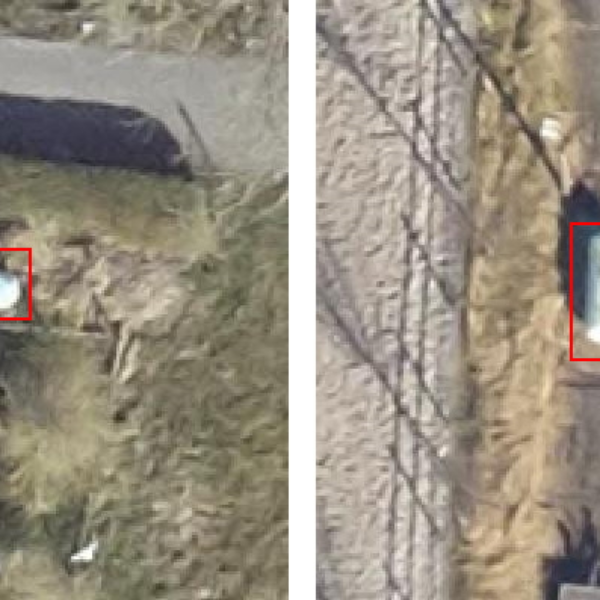Find the propane tank: smart object detection with machine learning

Find the propane tank: smart object detection with machine learning
Smaller propane tanks must also be registered since the introduction of the Environment Act last January. The result is a discrepancy between the tanks actually present and the number of registered tanks in the Netherlands. On behalf of the Ministry of Infrastructure and Water Management, Witteveen+Bos deployed machine learning to develop an object detection model.
Based on public aerial photos and public address data, this mapped the whole of the Netherlands for the presence of ‘small’ propane tanks. This gives municipalities and environment services an accelerated overview of the tanks actually present. With this information, the External Safety Register can be updated.
From the aerial photos of 2021, 2022 and 2023, some 4,000 sample photos of propane tanks were generated, with which the detection model was trained. This script was unleashed on high-resolution aerial photos of the Netherlands. This involved dividing our country into tiles of 40 by 40 metres. To determine with reasonable certainty that an object is actually a propane tank, the observations were checked by comparing aerial photos from two years.
Smarten the model
By excluding urban areas, rivers, meadows and the IJsselmeer, among others - locations where we would not reasonably expect propane tanks - the scanning of the Netherlands was accelerated. For example, only 1% of the number of tiles actually falls in the area of interest, saving a considerable amount of computing power in addition to time. Accuracy has been further improved by also trying to have the model learn the difference between a propane tank and other ‘tank-like’ objects, such as a sizable sheep, a hay bale or a car.
Frank Klein Schaarsberg, data analyst at Witteveen+Bos: ‘This time we used machine learning to detect propane tanks. But the applications in terms of object detection are almost endless. The production chain within this assignment can be adapted quite easily to analyse the an area for other objects.’
More information?
